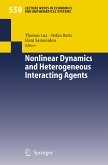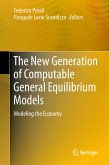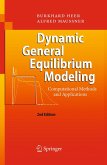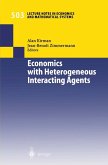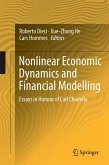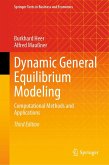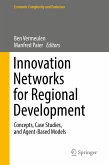While stressing the main features and advantages of the bottom-up perspective inherent to this approach, the book also highlights the logic and practical steps that characterize the model building procedure. A detailed description of the underlying codes, developed using R and C, is also provided. In addition, each didactic model is accompanied by exercises and applications designed to promote active learning on the part of the reader. Following the same approach, the book also presents several complementary tools required for the analysis and validation of the models, such as sensitivity experiments, calibration exercises, economic network and statistical distributions analysis.
By the end of the book, the reader will have gained a deeper understanding of the Agent Based methodology and be prepared to use the fundamental techniques required to start developing their own economic models.
Accordingly, "Economics with Heterogeneous Interacting Agents" will be of particular interest to graduate and postgraduate students, as well as to academic institutions and lecturers interested in including an overview of the AB approach to economic modeling in their courses.
Dieser Download kann aus rechtlichen Gründen nur mit Rechnungsadresse in A, B, BG, CY, CZ, D, DK, EW, E, FIN, F, GR, HR, H, IRL, I, LT, L, LR, M, NL, PL, P, R, S, SLO, SK ausgeliefert werden.
"This volume provides an excellent, hands-on introduction to agent-based modeling in macroeconomics and finance. ... it strikes a good balance between parsimony and detailed instruction. By working with this text and its online code, a student or scholar can ramp up fairly quickly to running his/her own computational experiments in R or C. ... In summary, this is a highly valuable contribution." (Christophre Georges, Journal ofEconomic Literature, Vol. 55 (2), June, 2017)



